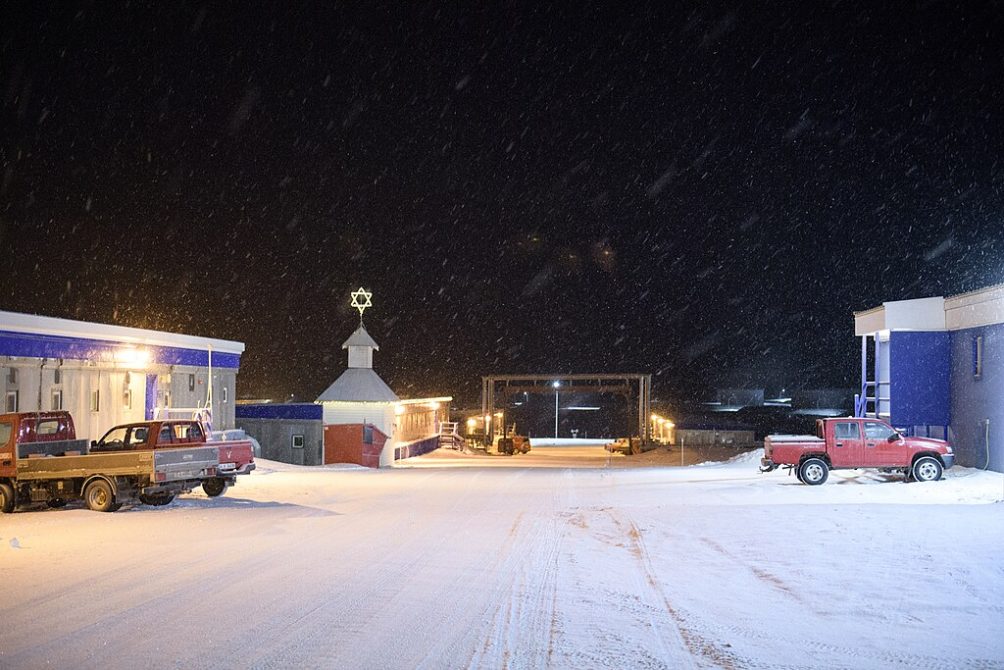American defense specialists have sounded an alarm about a critical weakness in the nation’s northern defenses.
Others are reading now
Radar sites in Greenland, a key part of the early warning system for incoming missiles, may be vulnerable to modern attacks.
Arctic weak point
According to the Center for Arctic Security and Resilience at the University of Alaska, US radar stations in Greenland currently operate without any missile or air defense systems.
The sites are under the responsibility of the US Air Force’s 831st Security Squadron, whose main task is to prevent sabotage and local disruptions, not to repel large-scale missile or drone assaults.
Analysts warn this leaves the facilities exposed to hypersonic weapons such as Russia’s Kinzhal and Zircon missiles.
If those radars were hit early in a conflict, experts believe the damage could blind parts of the United States’ early warning network.
Also read
Calls for stronger defenses
Researchers have proposed that the Pentagon deploy a layered defense system around Pituffik Air Base and nearby radar installations.
Their recommendations include Patriot and NASAMS missile systems, as well as short-range counter-drone weapons such as Vampire units and combat lasers.
Defense Express analysts note that the Arctic environment poses serious difficulties.
Extremely low temperatures affect radar sensors, missile guidance, and optical systems.
Modifications to both hardware and procedures would be necessary to keep equipment operational in the polar climate.
Also read
Political obstacles
Greenland’s political status complicates any plan to strengthen defenses.
The island is an autonomous region under Danish authority, and relations between Denmark and Washington have cooled in recent years.
According to Defense Express, this tension stems partly from former President Donald Trump’s proposal to purchase the island, which created friction with both Copenhagen and Greenlandic leaders.
Analysts stress that despite political disagreements, cooperation remains vital because of Greenland’s strategic role in the North Atlantic and Arctic defense network.
Nuclear deterrence debate
Some defense officials argue that the radars do not need protection because any strike on them would trigger an immediate nuclear response.
Also read
Experts counter that the war in Ukraine shows how radar and command centers can be destroyed by drones or precision missiles without escalating into nuclear conflict.
For that reason, Defense Express concludes that reinforcing local defenses around Greenland’s radar bases is a more realistic way to maintain deterrence and ensure early warning capability.
Sources: Center for Arctic Security and Resilience, University of Alaska; Defense Express; Wirtualna Polska


